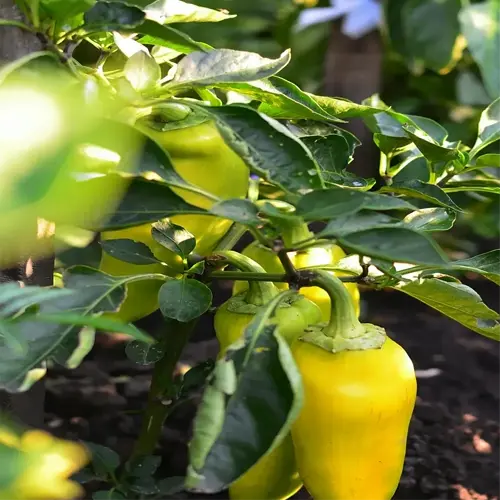What states can you grow pistachios in?

Written by
Tina Carter
Reviewed by
Prof. Charles Hartman, Ph.D.Pistachio farming flourishes well by emulating the climatic characteristics of its home environment in the Middle East. California's Central Valley produces 99% of U.S. pistachios, but parts of Arizona's low deserts and Texas' Trans-Pecos region possess good potential for pistachio orchard development. I have worked in orchards across all four regions, and while successful pistachios are attainable in each, California supports successful orchards by simulating a desert ecosystem.
Soil & Climate
- pH 7.0-7.8: Critical for nutrient uptake in all states
- Winter chill: 900+ hours below 45°F (7°C) in CA/NM
- Heat units: 3,000+ growing degree days in TX/AZ
Irrigation Strategies
- CA Central Valley: 50" annual water via canals
- TX Trans-Pecos: Subsurface drip at 12" depth
- AZ deserts: 20% less water than almonds
Pest Management
- Naval orangeworm: Major CA/AZ threat
- Mesquite bugs: TX/NM specialty pest
- Prevention: Winter sanitation + mating disruption
In 2022, a Texas trial surprised skeptics. Growers using the rootstock P. atlantica and 8-gallon/hour emitters, with trees planted near Fort Stockton achieved 1,100 lbs/acre. This shows that pistachios can adapt to an area outside of known traditional zones. Their methodology was to match the heat and water profile of the local area and associated tree genetics, rather than forcing CA methodologies into the West Texas setting.
The alkaline soils (pH 8.2) of New Mexico posed challenges to early farmers. However, Dona Ana County now has 600 productive acres by utilizing sulfuric acid (which was injected through their irrigation system) and planting the salt-tolerant UCB1 rootstock. In the production of other crops, adaptation is often more important than imitation.
Yuma, Arizona, embraces a structure of date palms for agriculture. They share facilities for processing, which reduces capital costs for pistachio farms, on the order of 40%. I consult on co-planting dates and pistachios as they have similar water requirements, and the harvesting periods do not align with each other. These are examples of synergy in desert agriculture.
Read the full article: How to Grow Pistachios: 9 Essential Steps for Success

